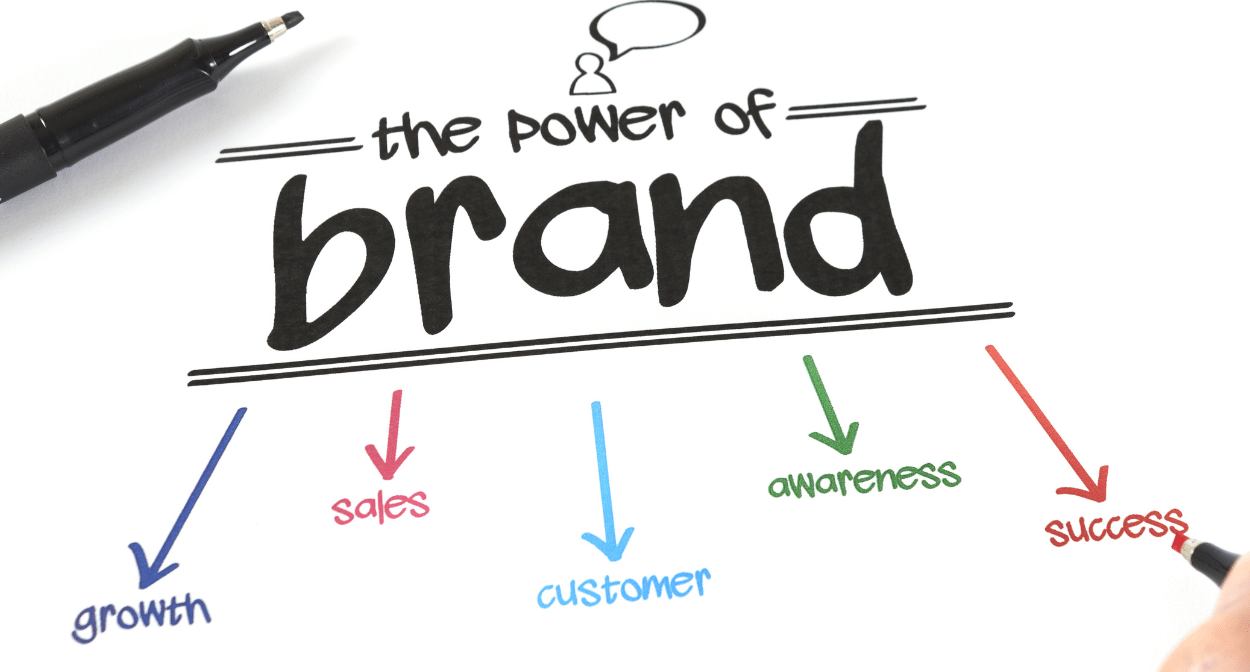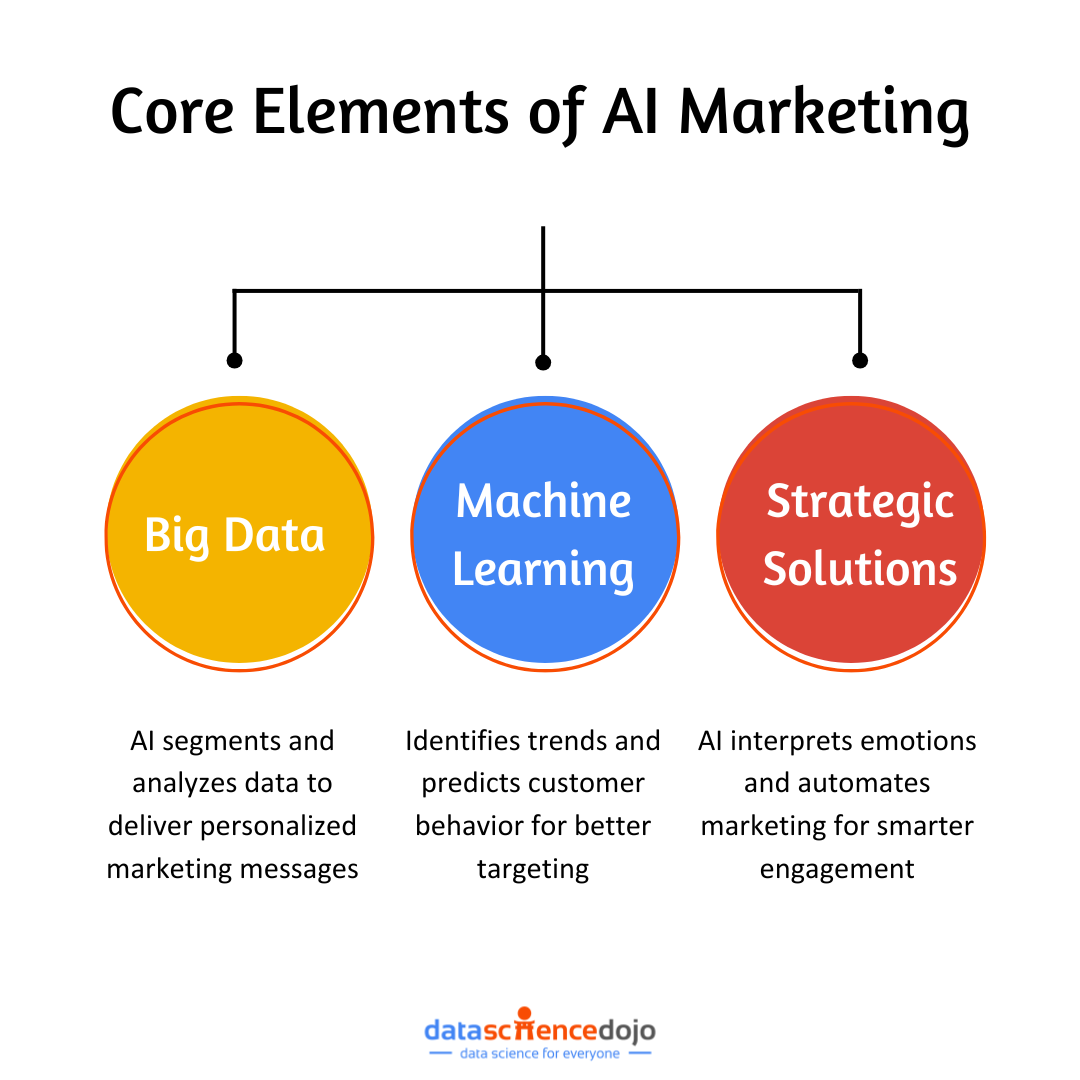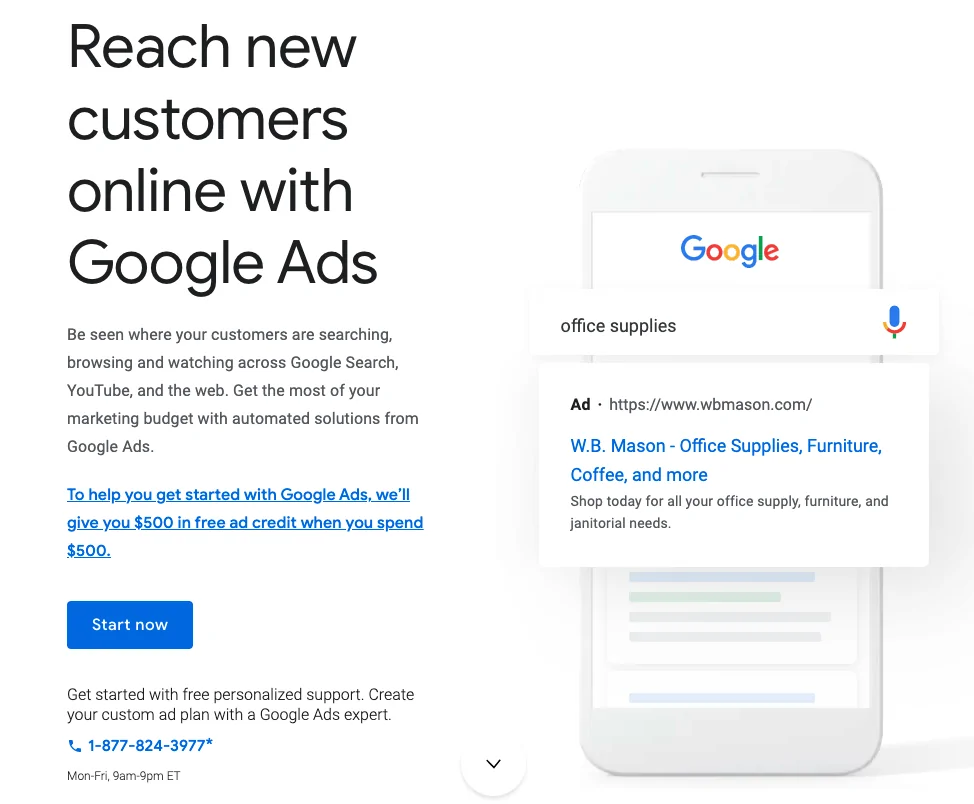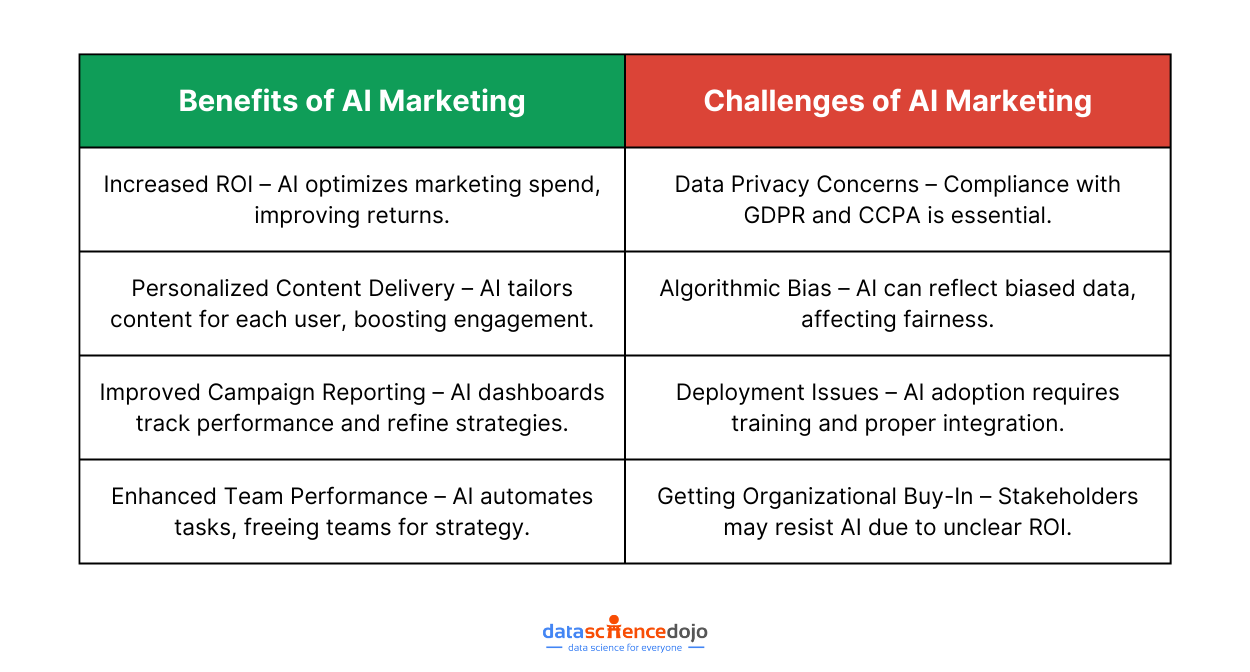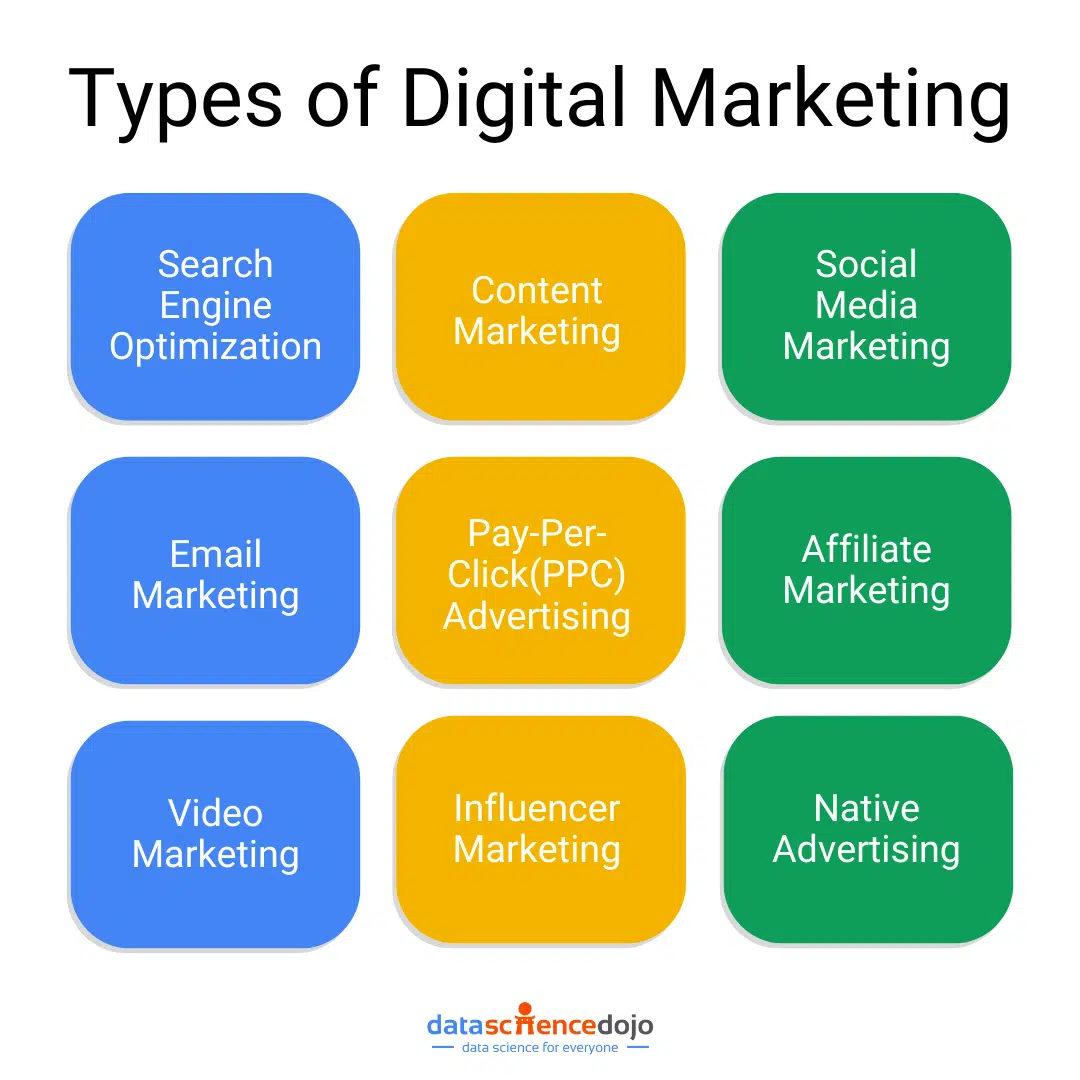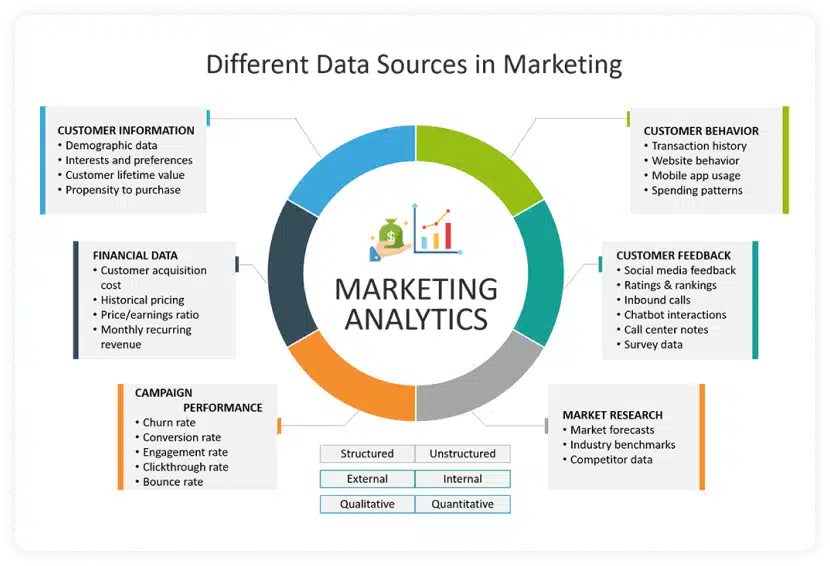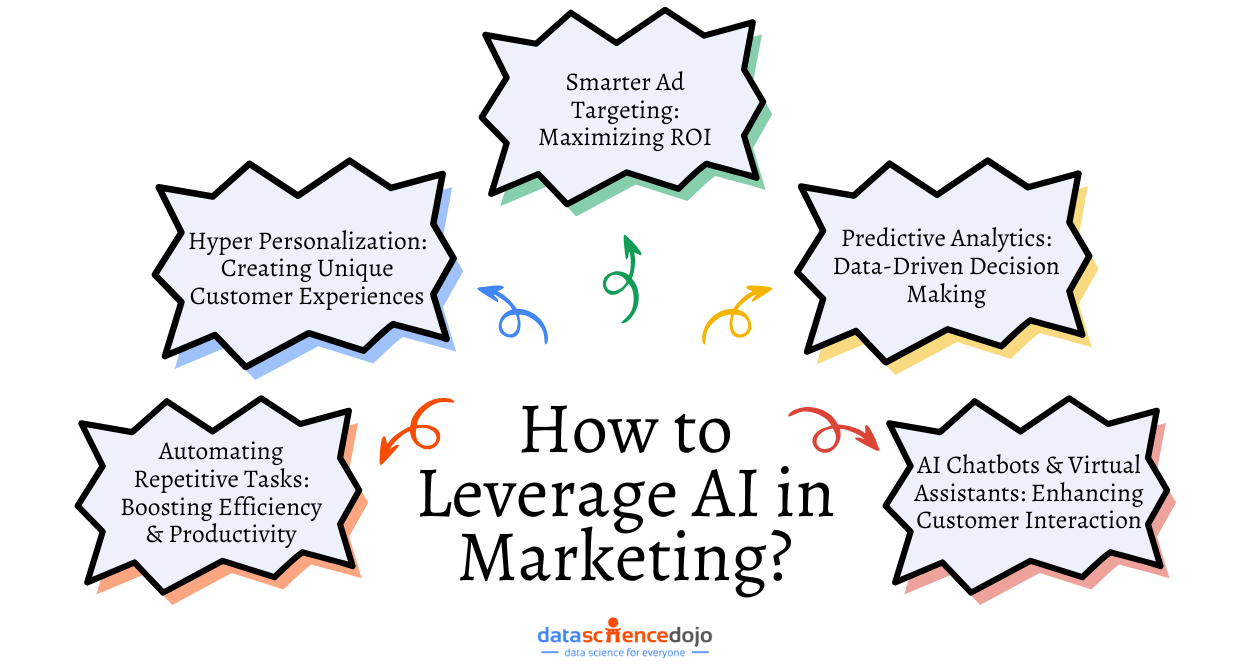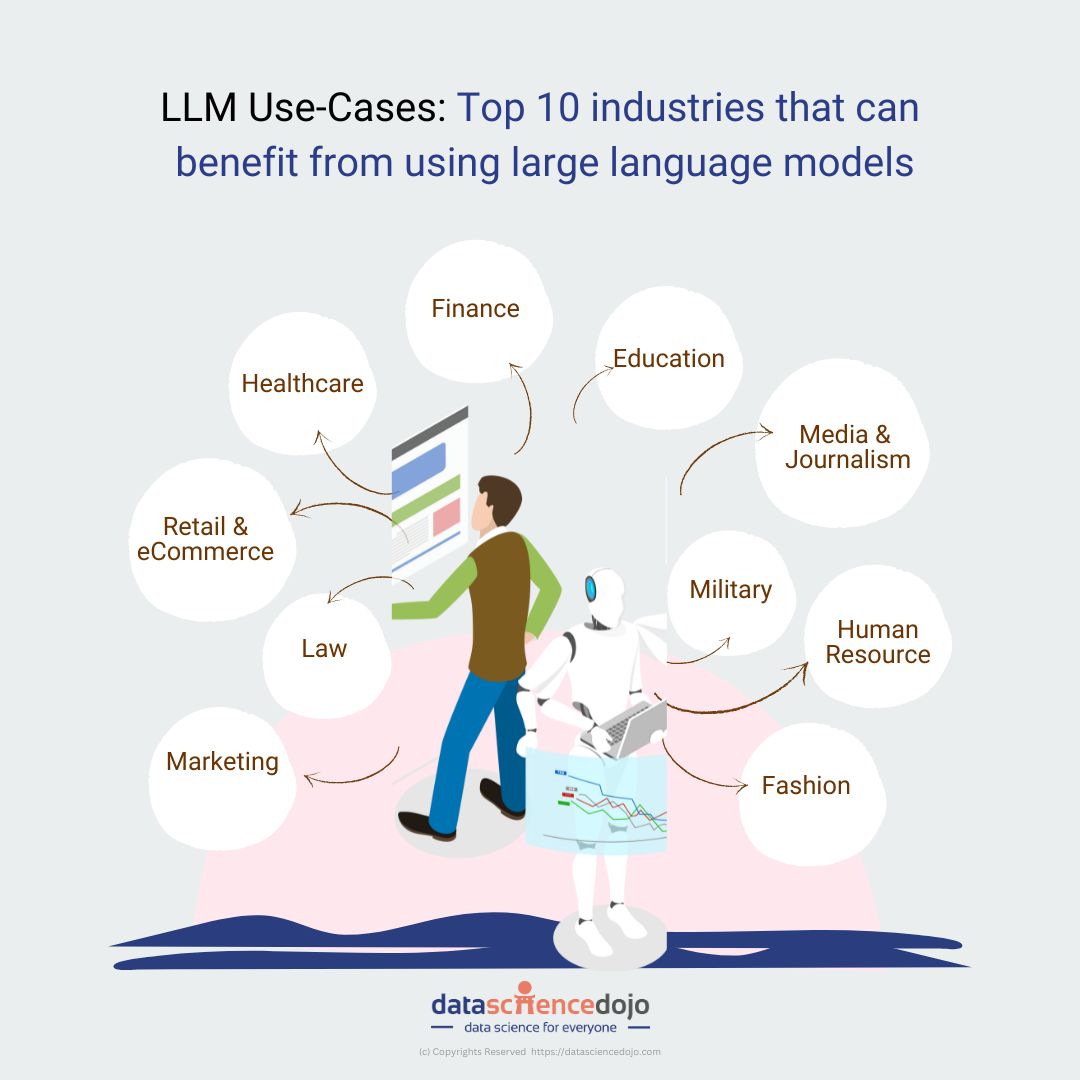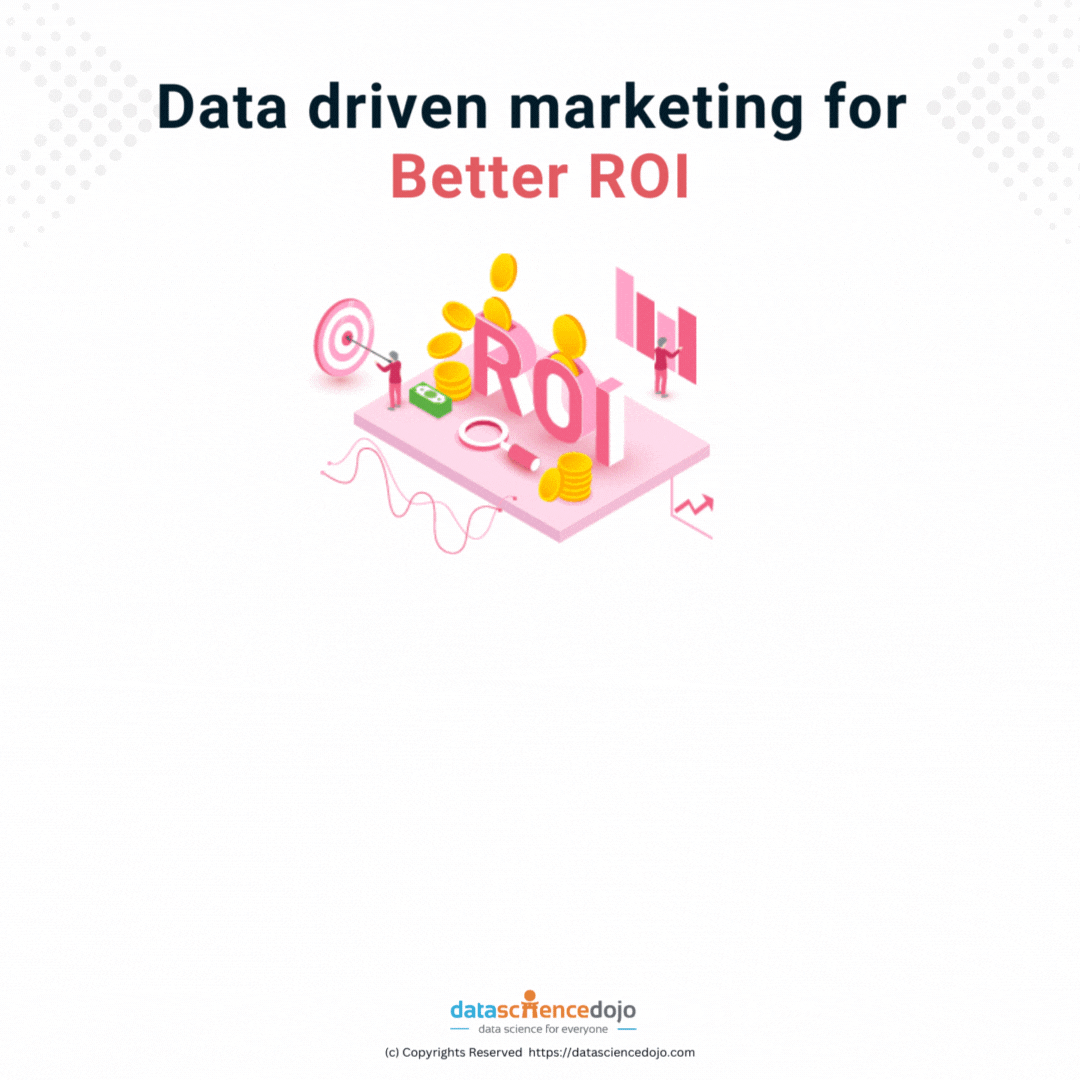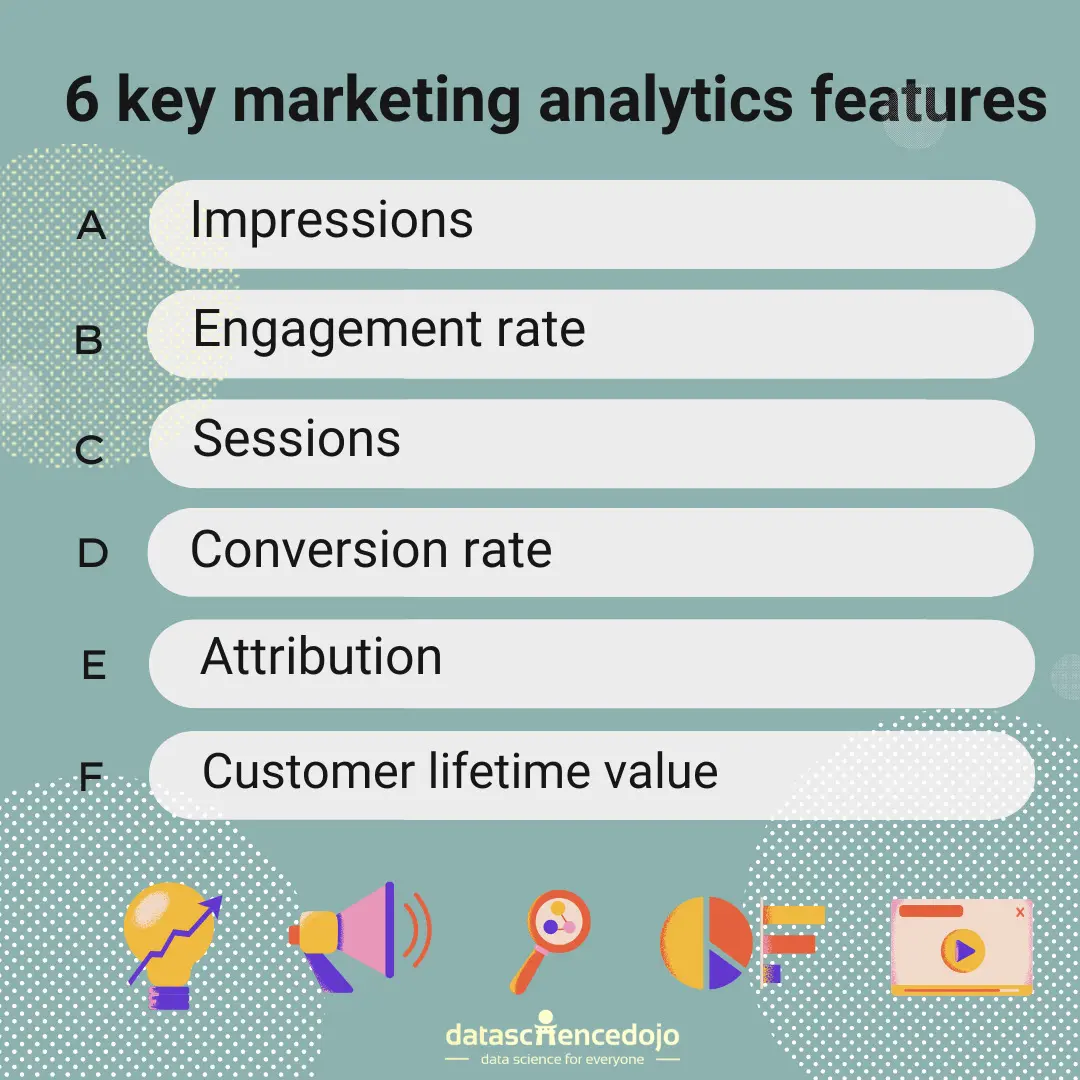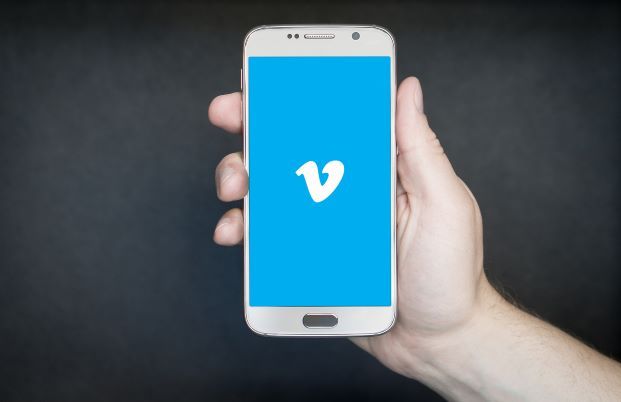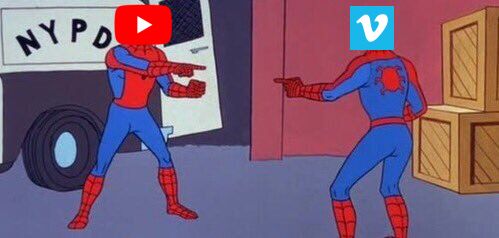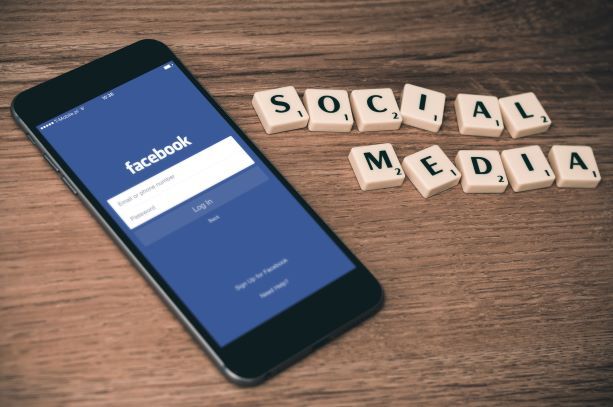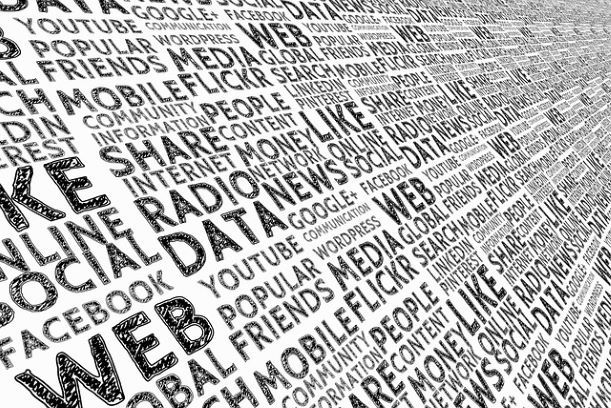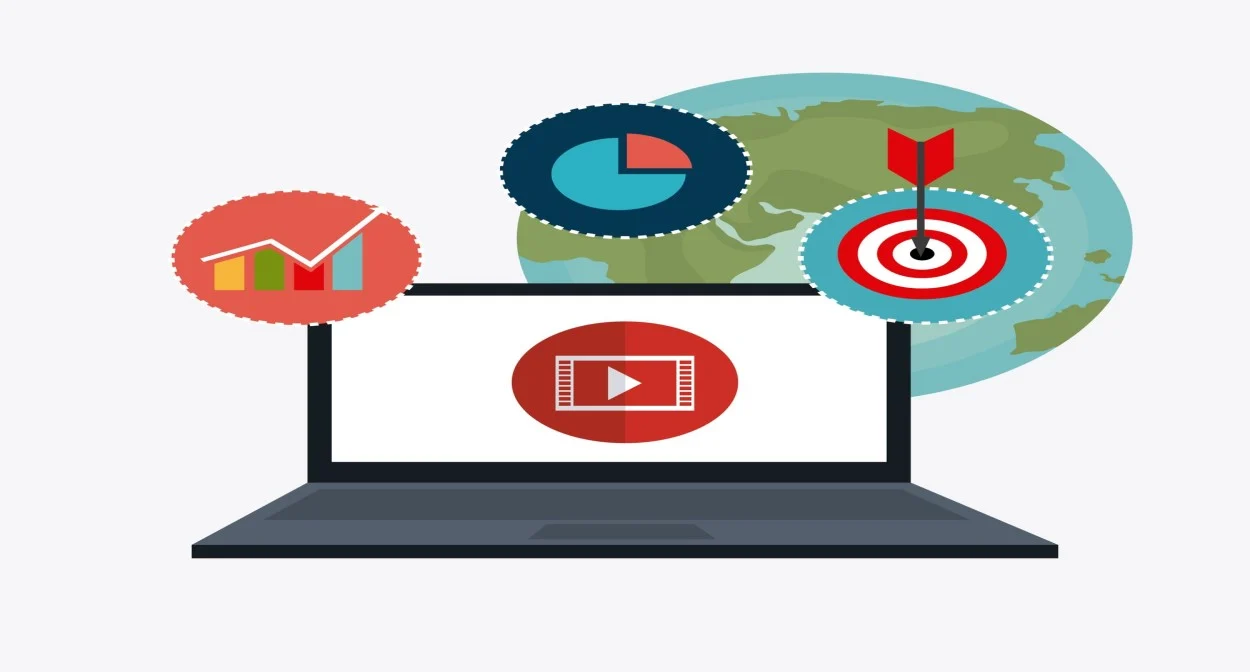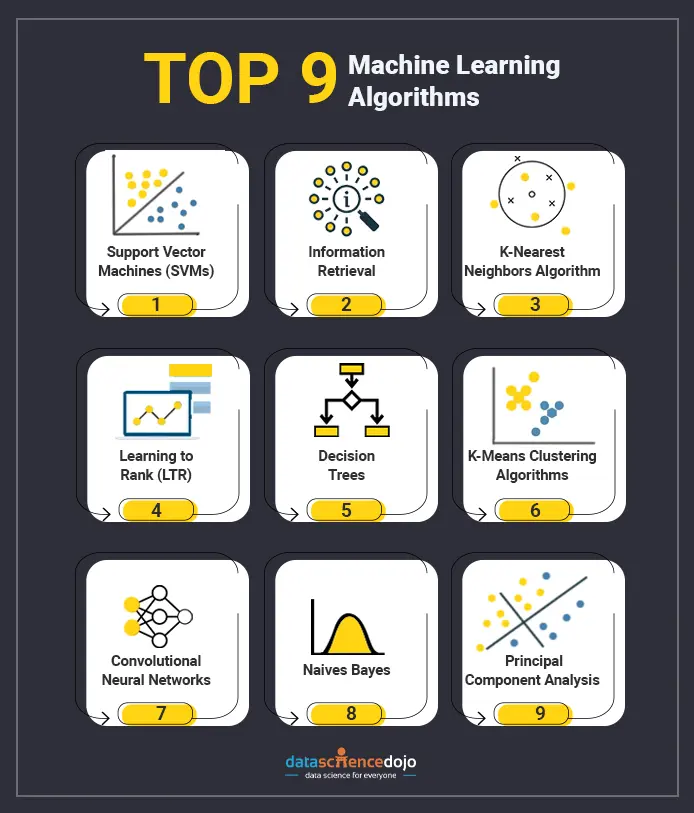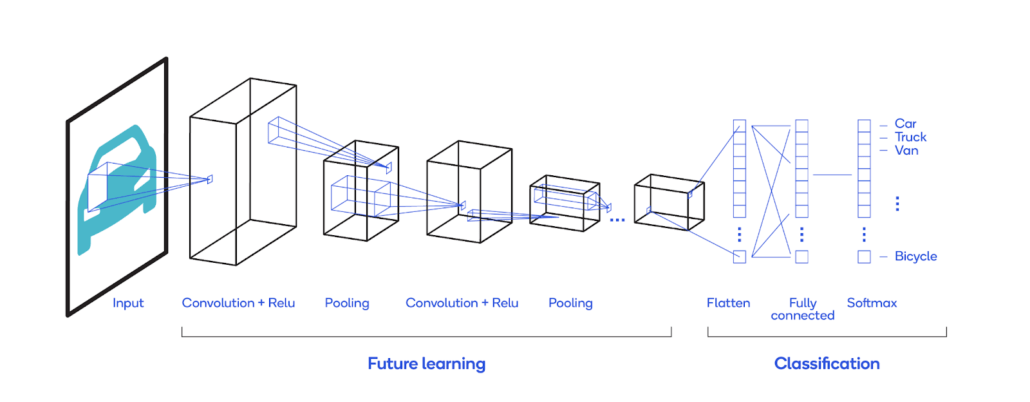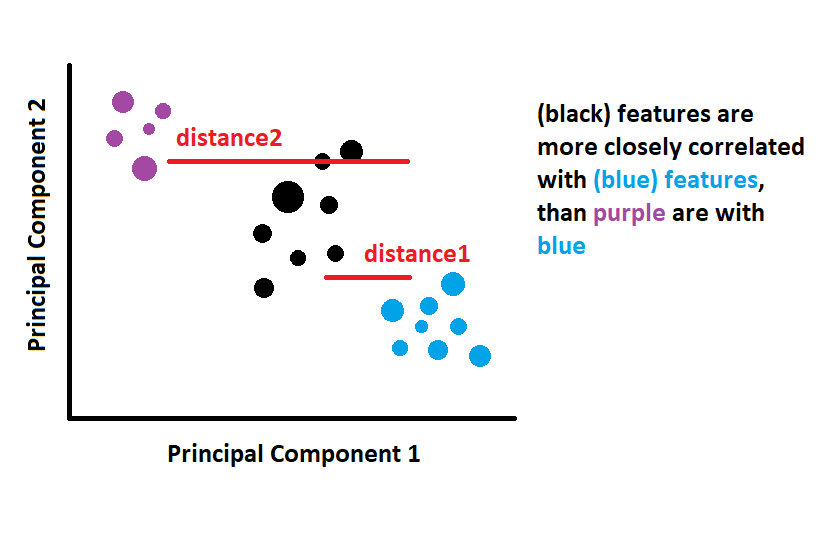HR and digital marketing may seem like two distinct functions inside a company, where HR is mainly focused on internal processes and enhancing employee experience. On the other hand, digital marketing aims more at external communication and customer engagement.
However, these two functions are starting to overlap where divisions between them are exceedingly blurring. The synergies between them are proving to be extremely important for stronger employer branding.
HR can use digital marketing to build a strong employer brand which can have transformative results on not only recruitment and employee experience but for business success as well.
In this blog, we will navigate through the basics of employer branding and its importance. We will also explore 3 effective ways HR can use digital marketing for effective employer branding to ensure company success.
What is Employer Branding?
It is the practice of managing a company’s reputation as an employer among job seekers and internal employees. It focuses on projecting the company as a desirable place to work by showcasing its unique values, work culture, and overall reputation within the job market.
A strong employer brand not only attracts top talent but also helps in retaining high-performing employees by enhancing job satisfaction and engagement.
It involves various stakeholders within the company including HR, marketing, and executive teams, who must work together to create and promote a consistent and authentic representation of the employer brand.
Roadmap for Effective Employer Branding
In today’s competitive job market, crafting a compelling employer brand is crucial for attracting and retaining top talent.
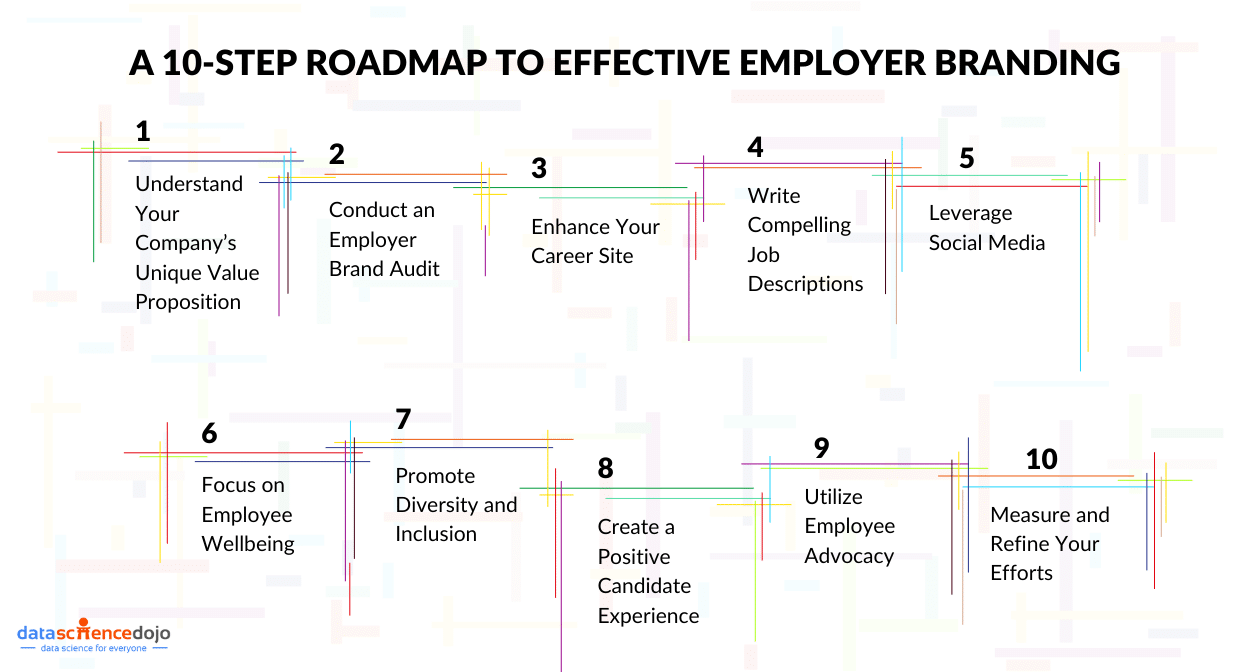
Here is a roadmap to help you build a strong employer brand.
1. Understand Your Company’s Unique Value Proposition
A powerful employer brand begins by defining your company’s mission, values, vision, and culture. This forms the foundation of your Employee Value Proposition (EVP) which highlights what makes your company unique and why potential employees should join your team.
Your EVP should align with your overall business objectives and resonate with your target talent pool.
2. Conduct an Employer Brand Audit
Before you can improve your employer brand, you need to understand your current standing. Conduct internal and external surveys, monitor social media and career sites, and gather feedback from current employees.
This audit will help you identify strengths and areas for improvement, ensuring your employer branding efforts are grounded in reality.
3. Enhance Your Career Site
Your careers site is often the first point of contact for potential candidates. Make sure it is engaging and informative, showcasing your company’s culture, mission, and values. Use high-quality videos, photos, and testimonials from employees to provide a behind-the-scenes look at what it’s like to work at your company.
4. Write Compelling Job Descriptions
Job descriptions are a critical touchpoint in the candidate’s journey. Ensure they are clear, inclusive, and reflective of your company’s culture. Highlight the unique aspects of the role and the benefits of working at your company to attract the right candidates.
5. Leverage Social Media
Social media is a powerful tool for employer branding. Use platforms like LinkedIn, Instagram, and Twitter to share content that highlights your company culture, employee experiences, and job opportunities. Engage with your audience by responding to comments and starting conversations to build a community around your brand.
Learn more about social media recommendation systems
6. Focus on Employee Wellbeing
Employees who feel valued and cared for are more likely to promote your brand positively. Offer a robust benefits package, flexible work options, and prioritize work-life balance to enhance employee satisfaction and retention. A healthy workplace culture not only attracts new talent but also retains existing employees.
7. Promote Diversity and Inclusion
A genuine commitment to diversity, equity, and inclusion (DEI) positions your company as a fair and supportive employer. Showcase your DEI initiatives and ensure that your workplace policies reflect these values. Employees in inclusive environments are more likely to become enthusiastic brand advocates.
8. Create a Positive Candidate Experience
The candidate’s experience plays a significant role in shaping your employer brand. Ensure a smooth and respectful hiring process, from application to onboarding. Provide timely feedback and maintain open communication with candidates, even if they are not selected. A positive experience can turn candidates into brand ambassadors.
9. Utilize Employee Advocacy
Your employees are your best brand ambassadors. Encourage them to share their positive experiences and stories on social media and other platforms. Employee-generated content is often seen as more authentic and credible than corporate messaging.
10. Measure and Refine Your Efforts
Track the success of your employer branding initiatives using key metrics such as cost per hire, time to fill, retention rates, and employee satisfaction scores. Regularly review these metrics to refine your strategies and ensure continuous improvement.
Explore the key event metrics for a successful event
By implementing these strategies, you can build a compelling employer brand. It is a strategic and ongoing effort to ensure your brand stands out in the competitive talent market.
Employer Branding and Digital Marketing
The new generation of workers is exceedingly focusing on the company culture and its values when choosing their place of work. With a rise in digital platforms, more and more companies are able to showcase this by increasing their online presence which has placed importance on employer branding.
It usually falls under the HR department to focus on creating a positive brand of the company alongside its work on recruitment, retention, and workplace culture.
Since employer branding is closely linked to creating a workspace that attracts top talent, the way that this message is communicated online is extremely important. This is where digital marketing strategies come into play.
A strong digital marketing strategy for employer branding will be able to communicate a company’s culture and values to a broader audience which not only helps attract talent but also works to build a positive reputation that resonates with potential employees and even customers.
Strategic Link between HR and Digital Marketing
HR and digital marketing both play an important role in creating the perception of a company. Beyond employer branding and using digital tools to enhance recruitment, there is an important strategic link between these two functions which determine the kind of reputation a company has in the online space.
Thus, both functions should also be strategically aligned with each other to make sure that their efforts are fruitful.
Explore key trends of generative AI in digital marketing
Building Better Relationships
Building trust between employer and prospective employees is crucial and having a strong employer brand can help in doing so. When a company is known for creating a positive experience for its employees, it also inspires confidence among its customers, investors, and other stakeholders.
So, in response to creating a strong employer brand a company can also foster better business relationships.
Driving Innovation and Retaining Top Talent
In addition to helping build strong business relationships, attracting top talent through strategic employer branding is what helps drive innovation in companies. Attracting and retaining top talent is essential for competing with the market which helps drive business growth. This enunciates the important link between HR and Digital Marketing.
Leveraging the strengths of two important functions within a company can determine the success of a business. Companies built on cross-functional collaboration not only have better work cultures but also create workers who have a variety of skills.
This also helps in their own professional and personal development. To create a better employee experience, HR and digital marketing can combine to create a strategic partnership which can lead to building a strong employer brand and give companies a unique strategic advantage.

Ways to Use Digital Media for Employer Branding
Some of the ways that HR teams can leverage social media for employer branding can include:
1. For Recruitment
Social media platforms can prove to be powerful tools for effective hiring. Recruitment teams can use digital marketing strategies to create social media campaigns that highlight new job openings and company culture. They can use their current employees’ success stories to highlight their work environment and create engagement.
This can help attract talent that aligns with a business’s mission and vision and can also fit into its culture.
Example: LinkedIn Campaigns for Social Media Marketing
LinkedIn is the go-to social media platform for job seekers as well as recruiters. Leveraging social media marketing within LinkedIn campaigns can prove to be a powerful tool for hiring the right talent.
HR teams can do this by creating compelling content that showcases the company’s work environment, growth opportunities, and employee benefits. This will not only help attract job seekers but even workers who may not be actively looking for a new job but are open to new opportunities.
LinkedIn provides a great way of showcasing your company culture as well as current employee experience which makes it one of the best ways to leverage digital media marketing for better hiring.
Learn more about social media recommendation systems
2. For Enhanced Candidate Experience
How the relationship between an employee and a company is created depends largely on their experience during various interactions they have with the potential employer. HR teams can ensure that candidates have a seamless and positive experience that will leave a lasting impression on them.
This sets the tone for their future relationship with the company. Here as well, digital marketing tools can come in handy where throughout the recruitment process, a targeted digital campaign will make this experience positive and engaging. This can include personalized communications, timely updates, and engaging content.
Common practices for an enhanced candidate experience include:
- Automated Campaigns: to keep candidates updated on their application status
- Specific Landing Pages: to consolidate information on cultural values and recruitment processes
Any information about the company and what it expects from its prospective employees can be beneficial for candidates since it will help them in the interview process.
Read more about the use of data science for employee churn rate predictions
3. For Making Informed Decisions
To be able to create better strategies for employer branding, HR teams must rely on data. HR has insights on employee satisfaction, retention, and employee engagement whereas digital marketing offers insights into website traffic, social media engagement, and candidate conversions.
Using both these data sets, HR teams can identify patterns that will help in creating a better employer branding strategy that has insights into what employees are happy with and what future workers want from the workplace.
Future of Employer Branding with Digital Marketing
The future of employer branding involves leveraging various strategies and technologies to create a compelling and authentic employer brand. Some prominent trends include:
Social media platforms will continue to be crucial, enabling companies to share stories of employee achievements, team events, and volunteering efforts, creating a cohesive and appealing narrative.
Read all you need to know about leading social media algorithms
Employee advocacy programs will empower employees to become brand ambassadors, sharing job openings, company updates, and positive experiences on their personal social media channels, which amplifies the employer brand through word-of-mouth referrals.
Authenticity and transparency will be paramount as digital natives and millennials seek truth and honesty from their employers. Companies must portray and communicate their culture and values authentically to build trust and attract top talent.
AI-driven tools and analytics will play a significant role in monitoring employee sentiment and analyzing feedback from various channels, helping companies identify areas for improvement and enhance the overall employee experience.
Content marketing will remain a powerful tool, with quality content that epitomizes the employer brand influencing job seekers’ perceptions. Employer review sites like Glassdoor and Indeed will continue to shape an organization’s digital reputation, requiring companies to actively monitor and respond to feedback.
Here’s a list of best SEO practices for digital marketing
Crafting a captivating digital narrative through storytelling will be essential, aligning the employer brand closely with the corporate brand to create a unified and strong brand image across all digital platforms.




